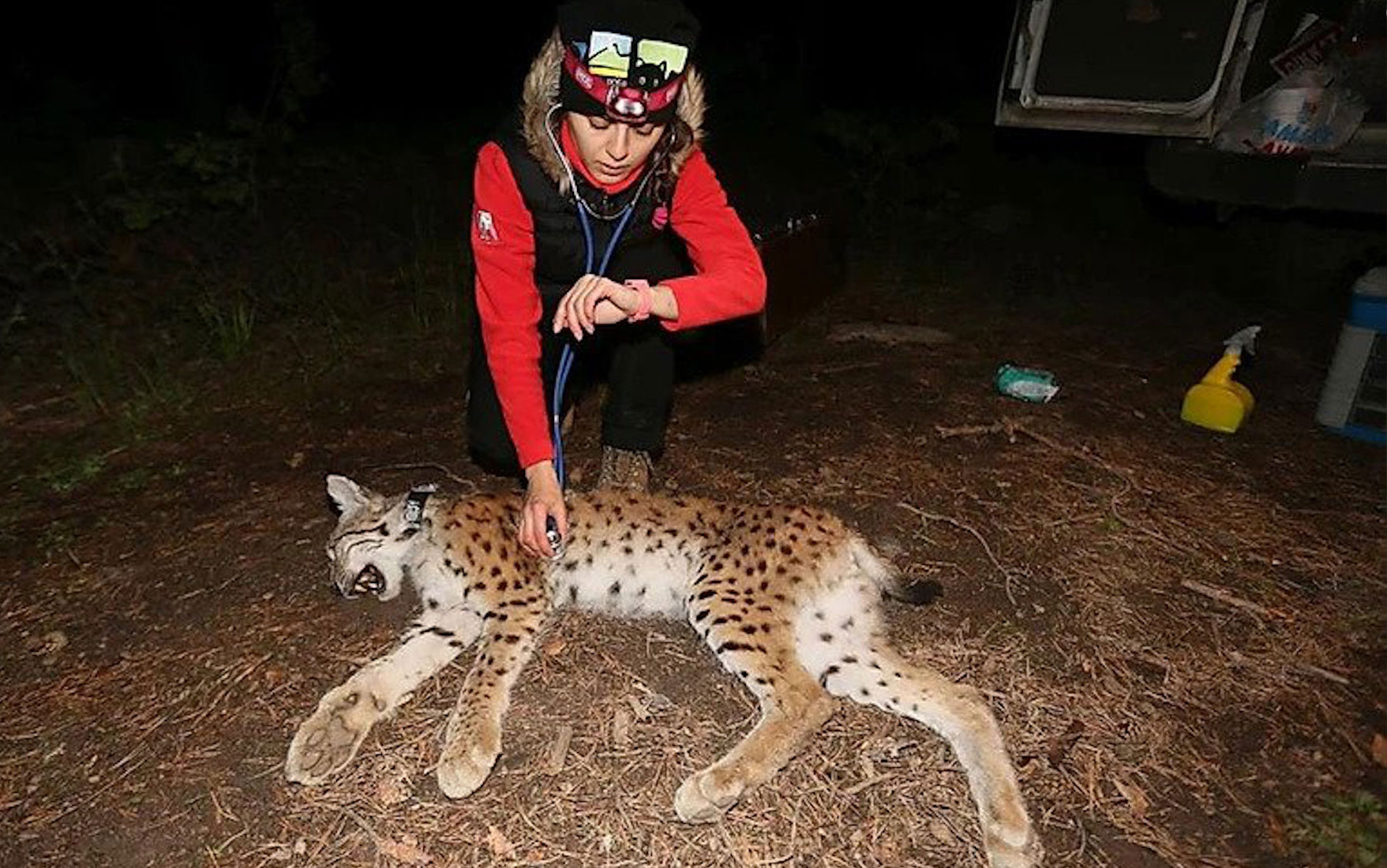RESEARCH AND TRACKING OF PREDATORS
Brown bears, wolves and lynxes are at the top of nature’s food pyramid. Their healthy existence have an impact on other living things in the forest. Therefore, they are very important for the overall health of the forest.
KuzeyDoğa Association carries out its scientific studies on mammals by concentrating on these species.
We humans need a healthy environment and protection natural areas to lead a quality life.
The health and continuity of natural areas requires the conservation of all living creatues, large and small. Protecting the living creatures of wildlife is a necessity for the quality of human life.
The first step to protect wild animals and improve their condition is to know more about them and to understand their vital needs.
Our association has been working to protect the biodiversity in Sarıkamış Forests since 2006.
Tracking the activities of brown bears, wolves, lynxs by installing a satellite tracking device, and recording their images with photo traps and video traps. The analysis of the data provides a scientific basis for conservation studies.
Our work on protecting biodiversity in the Kars-Sarıkamış forest was started in 2006 with the placement of photo traps in Sarıkamış Forest.
In 2011, wild animal capture and tracking with transmitter collars were also implemented. With the ongoing project today, we catch brown bears, wolves and lynxes and track them on collars with satellite transmitters.
Thanks to the collars set to drop automatically after a year or two, we have learned about the habitats and seasonal behavior of these animals.
In order to have information about genetic diversity and nutrition habits of the predators, the samples are examined in laboratories. The data we obtained provides a scientific basis for nature conservation studies.
BROWN BEARS
2012 yılında, ülkemizde bayrak tür olarak kabul edilen ve en büyük kara hayvanı olan bozayıları (Ursus arctos) yakalamaya ve takip etmeye başladık.
WOLF
2011 yılında, Türkiye’nin ilk kurt (Canis lupus) yakalama ve takip çalışması KuzeyDoğa Derneği, Utah Üniversitesi, Doğa Koruma ve Milli Parklar Genel Müdürlüğü ve Turkcell İletişim Hizmetleri’nin ortak çalışmasıyla Sarıkamış Ormanları’nda gerçekleştirildi.
LYNX
2014 yılında KuzeyDoğa ekibi tarafından, ülkemizde düzenli görülen yabani kedi türlerinin en büyüğü olan vaşak (Lynx lynx) yakalandı ve takip edilmeye başlandı. Türkiye’de ilk kez yakalanıp verici takılan vaşağa (Lynx lynx), Latince isminin anlamı olan “Işık” adı verildi.

LYNX
(LYNX LYNX)
Lynx, the largest of the wild cat species is regularly seen in our country. One of them was caught and tracked by the KuzeyDoğa team in 2014.
The lynx, which was caught for the first time in Turkey wore a transmitter. It is one of the hardest animals to see and catch in the world, was named “Light”,inspired by Latin word for Lynx.
This first study was carried out within the scope of the KuzeyDoğa Association’s protocol with the General Directorate of Nature Conservation and National Parks. After 1.5 years of efforts, together with scientists from Utah, Zagreb, Caucasus, Boğaziçi and Zurich Universities, the lynx was attached to a collar with a GSM/GPS transmitter within the scope of the “Eastern Anatolia Wildlife Research and Protection Project.”
The collars automatically fall off the lynx’s neck at the end of a year of monitoring.
With the ongoing capture and follow-up studies, we learn about the habitats and seasonal behavior of lynxes.
In order to get information about their genetic diversity and nutrition, the samples taken are examined with laboratory studies.
To protect them and improve their condition, the first step is to learn about them and understand their vital needs.
The results of the study provide us a scientific basis for nature conservation studies.
